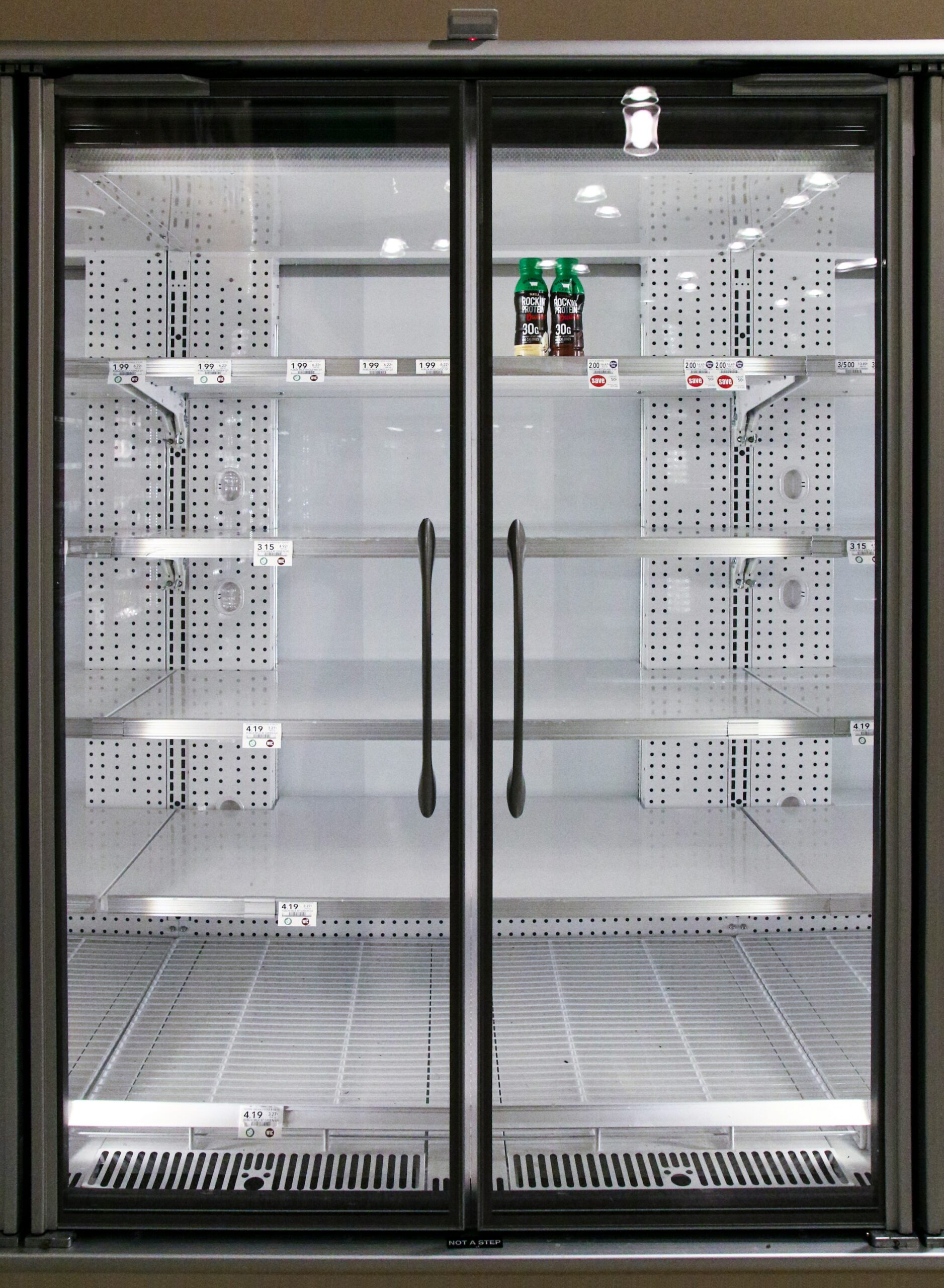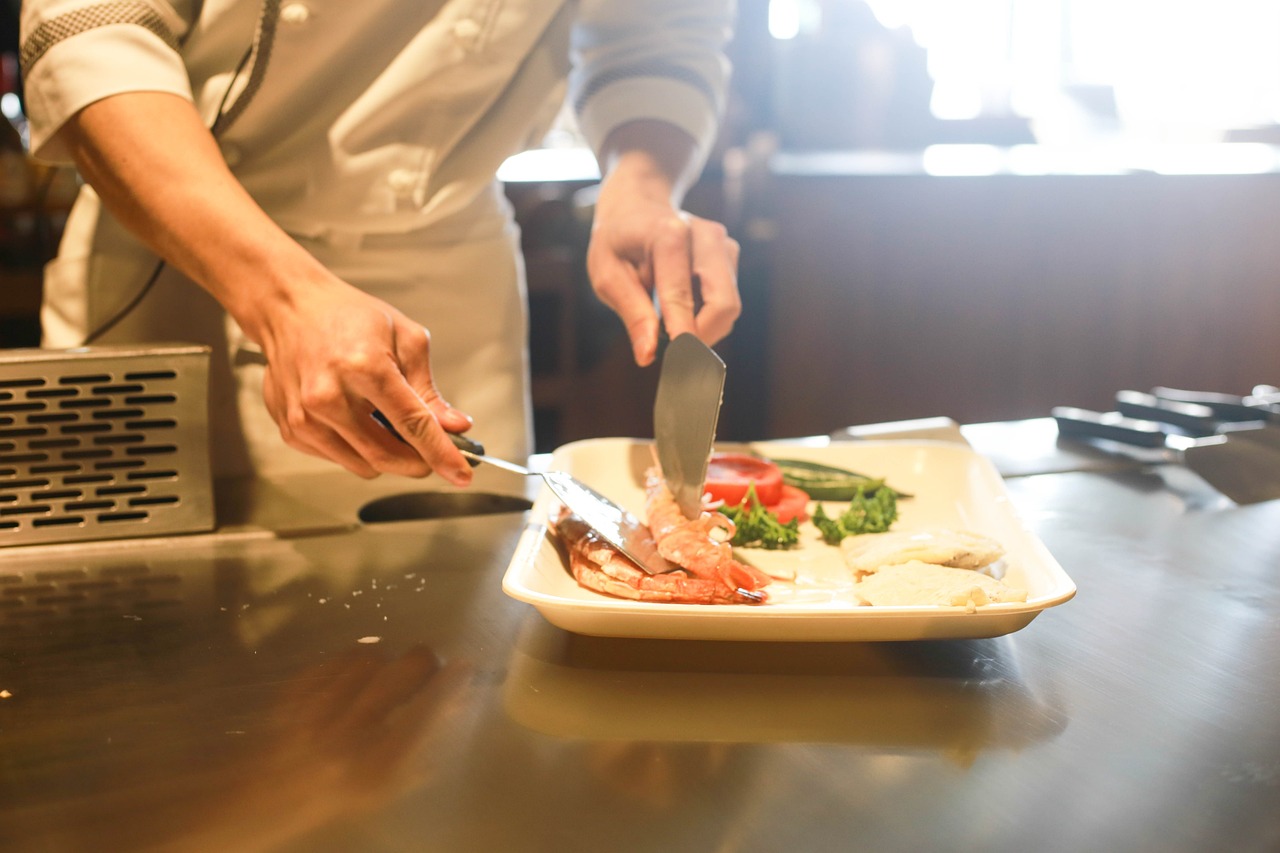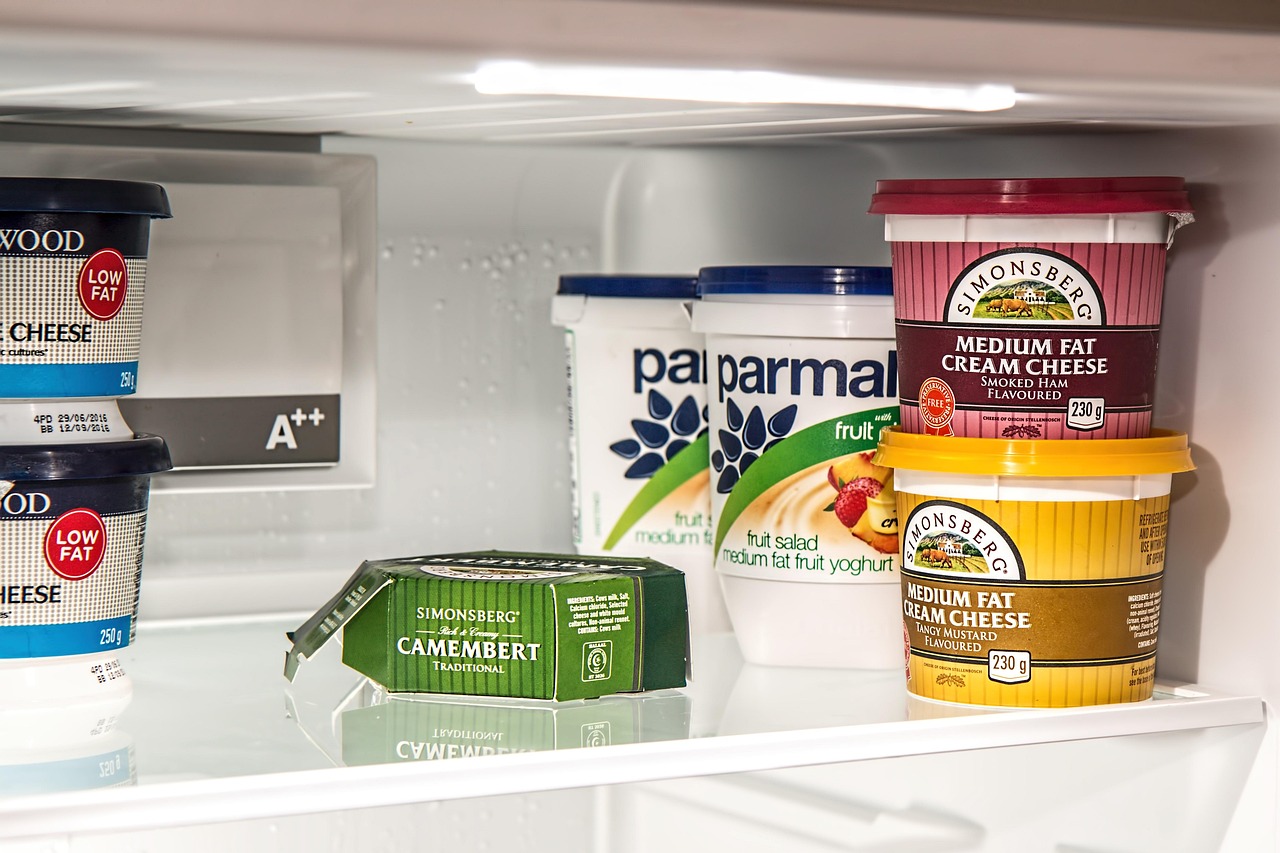What Foods You Can Freeze You can freeze a lot more than most people realize. I keep bread, butter, and even milk stashed in the freezer (milk’s texture changes but it works fine for baking or cooking). Meat and seafood, as long as they’re wrapped well, keep their quality for months. Fruits like berries, mango, or even grapes go straight into the freezer after washing or light blanching. Shredded cheese, cooked pasta, rice, and soup can all withstand freezing—just portion them out before chilling. Fresh herbs don’t have to wilt away; I freeze them with olive oil in an ice tray and pop out a cube as needed. Dr. Lisa Young, a dietitian, says, “Freezing helps cut back on food waste and gives you more flexibility.” Cheese slices hold up, though hard cheeses last better than soft ones. If you’re unsure about a food’s freezer life, check the label or give it a quick search. I was surprised by how much less we threw away once leftovers had a spot in the freezer.
Category: TIPS
The Frugal Ones blog shares honest, practical grocery tips based on real kitchen lessons and budget fixes. Get expert-backed advice mixed with personal wins.
Easy Ways to Save Money
When you save money, it isn’t just about stashing away every spare dollar. It’s about building habits that stack up over time, giving you more breathing room in your finances and a little more peace of mind each month. Even the smallest tweaks in your daily choices can pay off big in the long run. You don’t need to flip your life upside down or start living on rice and beans—just a handful of simple, repeatable actions can help you build a stronger financial cushion.
Simple Ingredient Substitutions that Save Money
Swapping out pricey recipe ingredient substitutions for cheaper ones is one of my go-to ways to save money on groceries. Instead of always buying the exact item a recipe calls for, I look for swaps that work just as well and cost less. For example, I often switch out fresh herbs for dried, use canned beans instead of meat, or choose frozen vegetables over fresh. Plain yogurt works great instead of sour cream, and store-brand basics like rice, pasta, and cheese keep meals affordable. Making small changes like these lets you use what you already have in your pantry and skip special trips to the store. Give these swaps a try—your wallet will thank you.
Foods you can Freeze to Save Time and Money
Ever stood in front of your freezer, staring at a pack of wilting spinach or the last two bagels on the counter and thought, “Can I actually freeze this stuff?” Turns out, most people don’t realize just how many foods can go right in the freezer and still taste great later. From shredded cheese to ripe avocados (yes, really), freezing opens up all kinds of possibilities for leftovers and bulk buys. After testing my way through more than a few mystery containers, I found that freezing isn’t just for budget meals or boring old casseroles. Foods like cooked grains, butter, even baked muffins keep their taste and texture with a few smart tricks. According to registered dietitian Rachel Paul, PhD, “freezing locks in nutrients and flavor, as long as you store foods properly.” Try freezing these foods and see how much easier meal prep gets—your grocery budget, and probably your sanity, will thank you for it.













